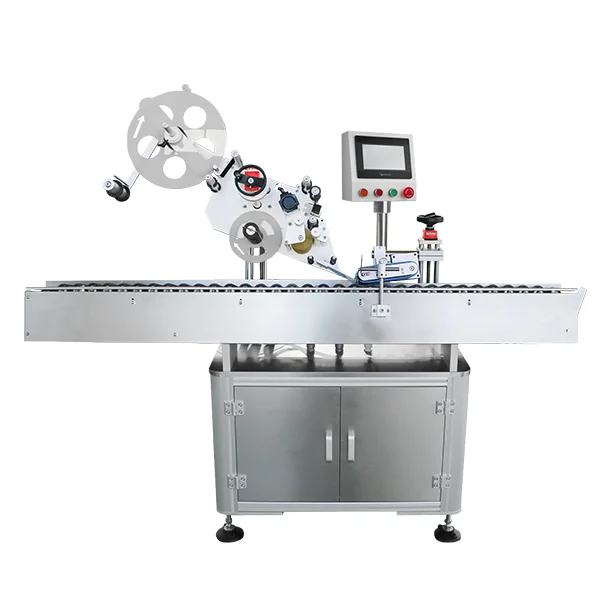When it comes to home improvement and creative projects, corrugated metal has gained popularity for its durability and unique aesthetic appeal. Whether you’re considering a DIY project for your home, a commercial space, or an artistic endeavor, you might find yourself asking, “Can I paint corrugated metal?” The answer is a resounding yes, but the process requires careful planning and execution to achieve the best results. In this article, we will delve into the intricacies of painting corrugated metal, covering everything from preparation to the final touches.
Understanding Corrugated Metal
Before embarking on your painting project, it’s essential to understand what corrugated metal is. This material is characterized by its wavy, ridged surface, which not only adds strength but also enhances its aesthetic appeal. Commonly used in roofing, siding, and various industrial applications, corrugated metal can be made from different materials, including steel, aluminum, and galvanized metal. Each type has its own properties, which can influence the painting process.
Why Paint Corrugated Metal?
Painting corrugated metal serves multiple purposes. A fresh coat of paint can:
- Enhance Aesthetics: Transform the appearance of your space with vibrant colors or subtle tones.
- Protect Against Corrosion: A quality paint job can provide a protective barrier against rust and environmental damage.
- Increase Longevity: Properly painted surfaces can extend the life of the metal, saving you money in the long run.
- Improve Insulation: Certain paints can reflect heat, contributing to energy efficiency.
Preparing to Paint
Preparation is key to a successful painting project. Here’s a step-by-step guide to ensure your corrugated metal surface is ready for paint:
- Clean the Surface
Start by thoroughly cleaning the corrugated metal. Remove any dirt, grease, or old paint using a pressure washer or a scrub brush with a mixture of water and mild detergent. For tougher stains, consider using a solvent like mineral spirits. Ensure the surface is completely dry before proceeding.
- Inspect for Damage
Check for any signs of rust or corrosion. If you find any, sand down the affected areas until you reach bare metal. Apply a rust-inhibiting primer to these spots to prevent further deterioration.
- Sand the Surface
Lightly sand the entire surface of the corrugated metal to create a rough texture. This will help the paint adhere better. Use fine-grit sandpaper (around 120 to 220 grit) for this task.
- Choose the Right Paint
Selecting the appropriate paint is crucial. Look for high-quality exterior metal paint, preferably one that is specifically designed for corrugated surfaces. Acrylic latex paints are popular due to their durability and ease of application. If you’re painting galvanized metal, ensure the paint is compatible with zinc coatings.
Painting Techniques
Once your surface is prepared, it’s time to paint. Here are some techniques to consider:
- Use a Primer
Applying a primer is highly recommended, especially for bare metal. A good primer will enhance adhesion and provide an even base for your paint. Choose a primer that is suitable for metal surfaces and apply it evenly using a brush or roller.
- Application Methods
You can choose between several application methods:
- Spray Painting: Ideal for achieving an even coat on the ridges and valleys of corrugated metal. Ensure you use a spray paint designed for metal and follow the manufacturer’s instructions for distance and technique.
- Brush and Roller: This method allows for more control, especially in detailed areas. Use a high-quality brush for edges and a roller for larger flat areas.
- Multiple Coats
For the best results, apply multiple thin coats rather than one thick coat. Allow adequate drying time between coats as per the paint manufacturer’s recommendations.
Finishing Touches
After the final coat has dried, inspect your work for any missed spots or uneven areas. Touch up as necessary. To enhance durability, consider applying a clear sealant designed for metal surfaces, especially if the painted item will be exposed to harsh weather conditions.
Maintenance Tips
To ensure the longevity of your painted corrugated metal, regular maintenance is essential. Here are some tips:
- Regular Cleaning: Periodically wash the surface with mild soap and water to remove dirt and grime.
- Inspect for Damage: Routinely check for signs of wear, rust, or peeling paint, and address any issues promptly.
- Repaint as Needed: Depending on exposure to the elements, you may need to repaint every few years to maintain the protective barrier.
Conclusion
Painting corrugated metal can be a rewarding project that enhances both the aesthetics and durability of your surfaces. By following the proper preparation and application techniques, you can achieve a professional-looking finish that stands the test of time. Whether you’re sprucing up your home or embarking on a creative venture, the right approach to painting corrugated metal can transform your space into something truly special. So gather your materials, roll up your sleeves, and get ready to unleash your creativity!


